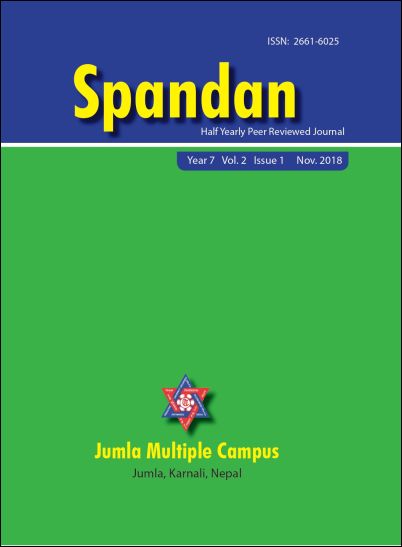Infrastructural Development for Improving Livelihoods of Rural People: A Case Study of Kanchanpur District, Nepal
DOI:
https://doi.org/10.3126/spandan.v2i1.63379Keywords:
Infrastructure, Rural Development, Livelihoods, PovertyAbstract
Infrastructures are the vital prerequisite and utmost essential elements of physical change and social development. It is a backbone of a economic development as well as a catalytic component for progress and welfare in the lives of rural poor residents. In this connection the infrastructural development play a crucial role in reducing poverty and lay the foundation stone intended for rural development and economic acceleration in remote areas of the society in every developing and underdeveloped third world. In this study the relationship between availability of infrastructures and quality living and means of subsistence is analyzed in concrete ways. The study summarizes that abundance number of basic infrastructures like drinking water, transportation, irrigation, information and communication, health services and educational institutions has the great influence on the better living conditions and livelihoods of poor people. In essence, the presence of indispensable rural infrastructures has great impact on the livelihoods of rural people in Nepal.




